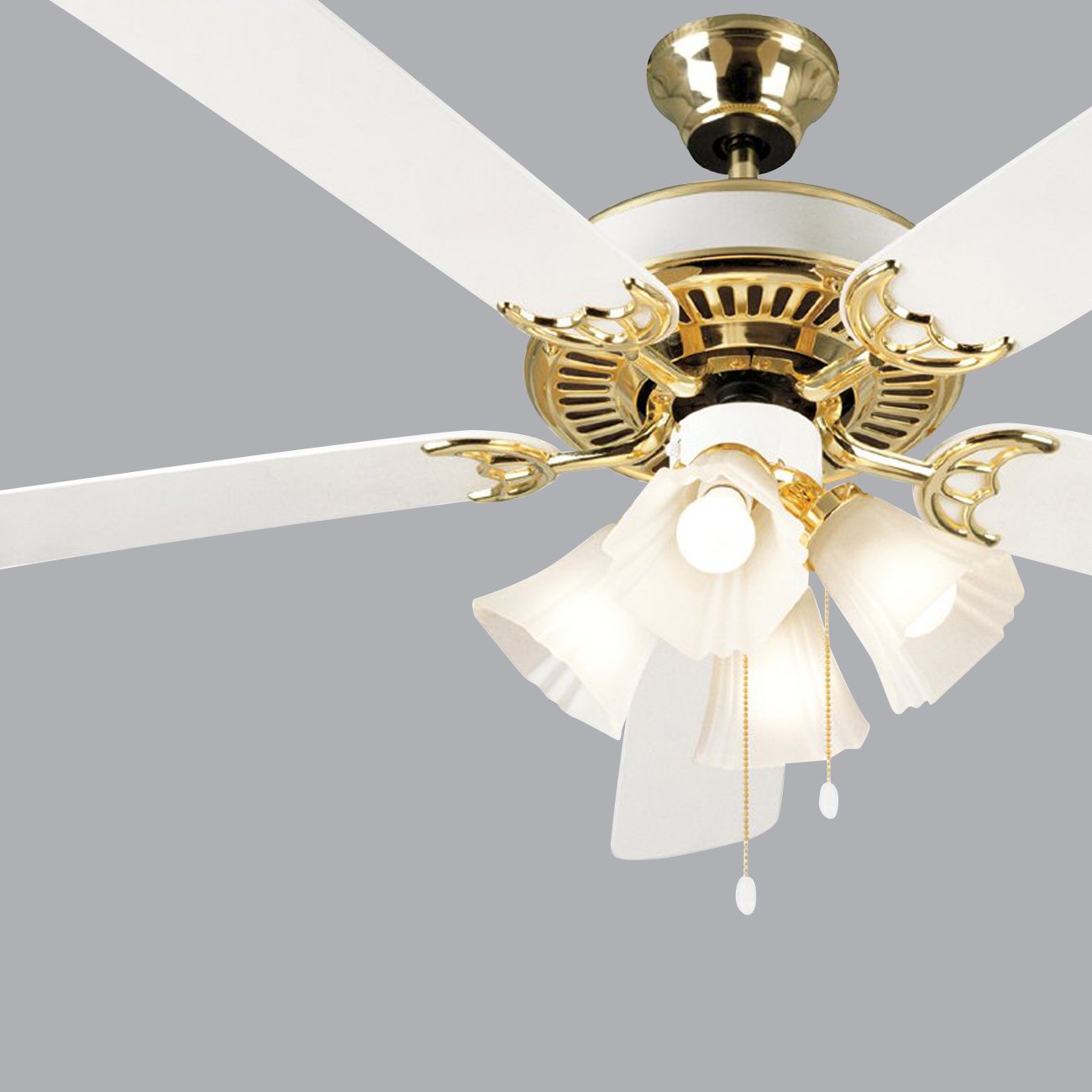

Articles
What Watt Bulb For Ceiling Fan
Modified: August 17, 2024
Discover the perfect watt bulb for your ceiling fan. Read our helpful articles for tips and recommendations on finding the right bulb to ensure optimal lighting and energy efficiency.
(Many of the links in this article redirect to a specific reviewed product. Your purchase of these products through affiliate links helps to generate commission for Storables.com, at no extra cost. Learn more)
Introduction
When it comes to lighting your home, ceiling fans are a popular choice for many homeowners. They not only provide a cool breeze during the hot summer months but also add a stylish touch to any room. However, choosing the right bulb for your ceiling fan can be a bit overwhelming with the wide variety of options available.
In this article, we will explore the factors to consider when choosing a bulb for your ceiling fan, the recommended wattage, and the different types of bulbs that are suitable for ceiling fans. We will also highlight energy-efficient options that can help you save on your energy bills. By the end of this article, you will have a better understanding of what watt bulb is best for your ceiling fan.
Key Takeaways:
- Choose LED bulbs for your ceiling fan to save energy and money. They are energy-efficient, long-lasting, and offer versatile lighting options, making them a cost-effective and eco-friendly choice.
- Consider factors such as bulb type, base, size, brightness, and color temperature when selecting a bulb for your ceiling fan. Focus on lumens instead of wattage for accurate brightness measurement.
Read more: What Size Bulb for Ceiling Fan
Factors to Consider When Choosing a Bulb for a Ceiling Fan
When selecting a bulb for your ceiling fan, there are several important factors to keep in mind. These factors will help ensure that you choose the right bulb that meets your lighting needs and complements the design of your ceiling fan. Let’s take a closer look at these factors:
1. Bulb Type
The first thing to consider is the type of bulb you want to use. Ceiling fans typically accommodate various bulb types, including incandescent, LED, and CFL bulbs. Each type has its own benefits and drawbacks. Incandescent bulbs are affordable but have a shorter lifespan and consume more energy. LED bulbs, on the other hand, are energy-efficient and have a longer lifespan, but they can be more expensive upfront. CFL bulbs are a middle-ground option, offering energy efficiency and decent longevity.
2. Bulb Base
The bulb base is another crucial factor to consider. Ceiling fans generally have sockets that fit bulbs with specific bases, such as E26 (standard screw-in) or GU24. Ensure that the bulb base matches the socket of your ceiling fan before making a purchase.
3. Bulb Size
The size of the bulb is important, especially if you have a ceiling fan with a light kit. The light kit usually has limitations on the size of the bulb it can accommodate. Make sure to check the maximum bulb size allowed to ensure a proper fit and avoid any issues.
Read more: How Many Watts Does A Ceiling Fan Use
4. Brightness
Consider the desired level of brightness for your space. Ceiling fans often have multiple light settings, and the bulb you choose should provide adequate illumination for your needs. If you prefer a softer ambience, opt for bulbs with lower lumens. For brighter lighting, choose bulbs with higher lumens.
5. Color Temperature
The color temperature of the bulb affects the ambiance and mood of the room. It is measured in Kelvins (K). Lower Kelvin numbers (around 2700K-3000K) produce warmer, yellowish light, similar to traditional incandescent bulbs. Higher Kelvin numbers (around 4000K-6500K) produce cooler, bluish light, resembling daylight. Consider the desired atmosphere and choose a color temperature that aligns with your preferences.
6. Dimmability
If your ceiling fan has a dimming feature, make sure to select bulbs that are compatible with it. Not all bulbs are dimmable, so check the packaging or product specifications to ensure compatibility.
By considering these factors, you can make an informed decision when selecting a bulb for your ceiling fan. Next, let’s explore the recommended wattage range for ceiling fan bulbs.
Recommended Wattage for Ceiling Fan Bulbs
The recommended wattage for ceiling fan bulbs depends on various factors, including the size of the room, the desired brightness level, and the type of bulb being used. Here are some general guidelines to help you determine the appropriate wattage for your ceiling fan bulbs:
Read more: What Is The Lowest Watt Light Bulb
1. Incandescent Bulbs
For traditional incandescent bulbs, the recommended wattage typically ranges from 40 watts to 60 watts. However, it’s important to note that incandescent bulbs are less energy-efficient compared to other options and may produce more heat, which can affect the overall temperature in the room.
2. LED Bulbs
LED bulbs have become increasingly popular due to their energy efficiency and long lifespan. For a ceiling fan, LED bulbs with wattage between 8 watts and 15 watts are generally recommended. These bulbs provide ample brightness while consuming less energy, making them a cost-effective and eco-friendly option.
3. CFL Bulbs
Compact fluorescent lamps (CFL) bulbs are another energy-efficient option for ceiling fans. The recommended wattage for CFL bulbs typically falls between 13 watts and 20 watts. These bulbs offer good illumination while consuming less energy than incandescent bulbs.
4. Consider Lumens Instead
While wattage used to be the standard measurement for bulb brightness, it’s important to note that lumens have now become the standard. Lumens measure the amount of light emitted by a bulb, whereas wattage measures the power consumed. To ensure the desired level of brightness, it’s best to look for bulbs with the appropriate number of lumens rather than focusing solely on wattage.
Remember that these are general recommendations, and it’s essential to consider the specifics of your situation and preferences. If you prefer a brighter room, you may opt for bulbs with higher wattage or lumens. Conversely, if you prefer a softer and more ambient lighting, lower wattage or lumens may be suitable.
Now that we have discussed the recommended wattage, let’s explore the different types of bulbs available for ceiling fans.
Read more: What Watt Bulb For Porch Light
Different Types of Bulbs for Ceiling Fans
When it comes to choosing bulbs for your ceiling fan, you have several options to consider. Each type of bulb has its own unique characteristics, including energy efficiency, lifespan, and light output. Let’s take a closer look at the different types of bulbs commonly used for ceiling fans:
Read more: What Is The Lowest Watt Light Bulb
1. Incandescent Bulbs
Incandescent bulbs are the traditional type of bulb that has been used for decades. These bulbs produce light by heating a filament inside the bulb, which emits a warm, soft glow. While incandescent bulbs are affordable, they are the least energy-efficient option and have a relatively shorter lifespan compared to other types. They are still commonly used in ceiling fans because of their affordability and compatibility.
2. LED Bulbs
LED bulbs have become increasingly popular due to their energy efficiency, long lifespan, and versatile lighting options. LED bulbs use light-emitting diodes to produce light, which consumes significantly less energy than incandescent bulbs. They are available in various color temperatures, allowing you to customize the ambiance of your space. LED bulbs are also dimmable, making them compatible with ceiling fans that have dimming features.
3. CFL Bulbs
Compact fluorescent lamps (CFL) bulbs are a more energy-efficient alternative to incandescent bulbs. They use a combination of gases and a phosphor coating to produce light. CFL bulbs are known for their longevity and are available in different color temperatures. However, they contain a small amount of mercury and require proper recycling at the end of their lifespan to minimize environmental impact.
Read also: 9 Best Led Ceiling Fan Bulbs for 2025
4. Halogen Bulbs
Halogen bulbs are a type of incandescent bulb that uses a halogen gas filling to prolong the lifespan and enhance efficiency. They produce a bright white light and are often used in ceiling fans where high levels of illumination are desired. However, halogen bulbs can generate a significant amount of heat and may not be the most energy-efficient option.
5. Specialty Bulbs
Depending on your style preferences and lighting needs, you may also consider specialty bulbs for your ceiling fan. These include decorative bulbs with different shapes and designs, such as globe bulbs, candle bulbs, or vintage-style Edison bulbs. Specialty bulbs can add a unique touch to your ceiling fan and enhance the overall aesthetic of your space.
It’s important to choose a bulb that is compatible with your ceiling fan’s socket and provides the desired level of lighting. Additionally, consider factors such as energy efficiency, brightness, and lifespan when making your decision.
Now that we have covered the different types of bulbs available, let’s explore energy-efficient options for ceiling fan bulbs.
Energy-Efficient Options for Ceiling Fan Bulbs
As energy conservation becomes increasingly important, many homeowners are opting for energy-efficient bulbs for their ceiling fans. These bulbs can help reduce energy consumption, lower electricity bills, and contribute to a greener environment. Here are some energy-efficient options to consider for your ceiling fan:
1. LED Bulbs
LED (Light Emitting Diode) bulbs are one of the most energy-efficient choices available. They consume significantly less energy than traditional incandescent bulbs while providing comparable or even brighter illumination. LED bulbs have a long lifespan, lasting up to 10 times longer than incandescent bulbs. Although they may have a higher upfront cost, their energy savings and longevity make them a worthwhile investment in the long run.
Read also: 9 Best Ceiling Fan LED Bulb for 2025
2. CFL Bulbs
Compact Fluorescent Lamps (CFL) are another energy-saving option for ceiling fan bulbs. CFL bulbs use about 75% less energy than incandescent bulbs and can last up to 10 times longer. They produce less heat, making them more efficient in terms of energy consumption. However, it’s important to note that CFL bulbs do contain a small amount of mercury and should be disposed of properly at the end of their lifespan.
3. Energy Star Certified Bulbs
Another way to ensure energy efficiency is by choosing bulbs that are Energy Star certified. Energy Star is a program that certifies products for their energy-saving capabilities. Energy Star certified bulbs are rigorously tested for their efficiency and meet strict standards. By opting for Energy Star certified bulbs, you can be confident that you are using bulbs that are designed to consume less energy without sacrificing performance.
4. Dimmable Bulbs
Dimmable bulbs offer additional energy-saving benefits. By adjusting the brightness level based on your needs, you can reduce energy consumption and create a more intimate and relaxing atmosphere. Look for dimmable LED or CFL bulbs that are compatible with your ceiling fan’s dimming feature to maximize energy efficiency.
5. Daylight Harvesting Bulbs
Daylight harvesting bulbs are designed to take advantage of natural sunlight. These bulbs have built-in sensors that detect ambient light levels and adjust the brightness accordingly. When there is sufficient natural light in the room, the bulbs dim automatically, reducing energy consumption. This feature is particularly beneficial for ceiling fans in rooms with ample natural light sources, such as skylights or large windows.
By choosing energy-efficient options for your ceiling fan bulbs, you can not only save on your energy bills but also reduce your carbon footprint. Consider the long-term benefits and savings when making your decision on which bulb to use for your ceiling fan.
Now that we have explored energy-efficient options, let’s conclude our discussion.
Read more: What Is Lowest Watt LED Bulb
Conclusion
Choosing the right bulb for your ceiling fan is crucial for both functionality and aesthetics. By considering factors such as bulb type, base, size, brightness, color temperature, and dimmability, you can make an informed decision that meets your lighting needs and complements the design of your ceiling fan.
When it comes to wattage, the recommended range varies depending on the type of bulb you choose. Incandescent bulbs typically fall within the 40 to 60-watt range, while LED bulbs range from 8 to 15 watts and CFL bulbs range from 13 to 20 watts. However, it’s important to keep in mind that wattage alone may not be the best indicator of brightness. It’s recommended to focus on lumens instead, as they measure the actual light output of a bulb.
There are several types of bulbs available for ceiling fans, including incandescent, LED, CFL, and halogen bulbs. Each type has its own advantages and drawbacks in terms of energy efficiency, longevity, and light output. LED bulbs are highly recommended for their energy efficiency, long lifespan, and versatility.
If you’re looking to reduce energy consumption and lower your electricity bills, consider energy-efficient options such as LED or CFL bulbs. These bulbs not only consume less energy but also last longer, reducing the need for frequent replacements. Additionally, choosing bulbs that are Energy Star certified or have features like dimming or daylight harvesting can further enhance energy efficiency.
Ultimately, the choice of the bulb for your ceiling fan should align with your specific preferences, budget, and lighting requirements. Consider the size of the room, the desired brightness level, and the overall ambiance you want to create. By choosing the right bulb, you can enhance the functionality and visual appeal of your ceiling fan while also making a positive impact on your energy consumption.
In conclusion, take the time to research and consider the various factors discussed in this article when choosing a bulb for your ceiling fan. By doing so, you will ensure optimal lighting and energy efficiency, creating a comfortable and inviting space in your home.
Excited about sprucing up your home with efficient and stylish lighting options? After you've optimized your ceiling fan bulbs, consider enhancing other areas of your home with fashionable and functional reflections. Our article on the top LED mirrors offers insightful tips on how to illuminate spaces elegantly. These mirrors not only brighten rooms but also add a dash of style to your decor. Perfect for anyone looking to combine form with function in their lighting choices, this guide is sure to light up your world!
Frequently Asked Questions about What Watt Bulb For Ceiling Fan
Was this page helpful?
At Storables.com, we guarantee accurate and reliable information. Our content, validated by Expert Board Contributors, is crafted following stringent Editorial Policies. We're committed to providing you with well-researched, expert-backed insights for all your informational needs.
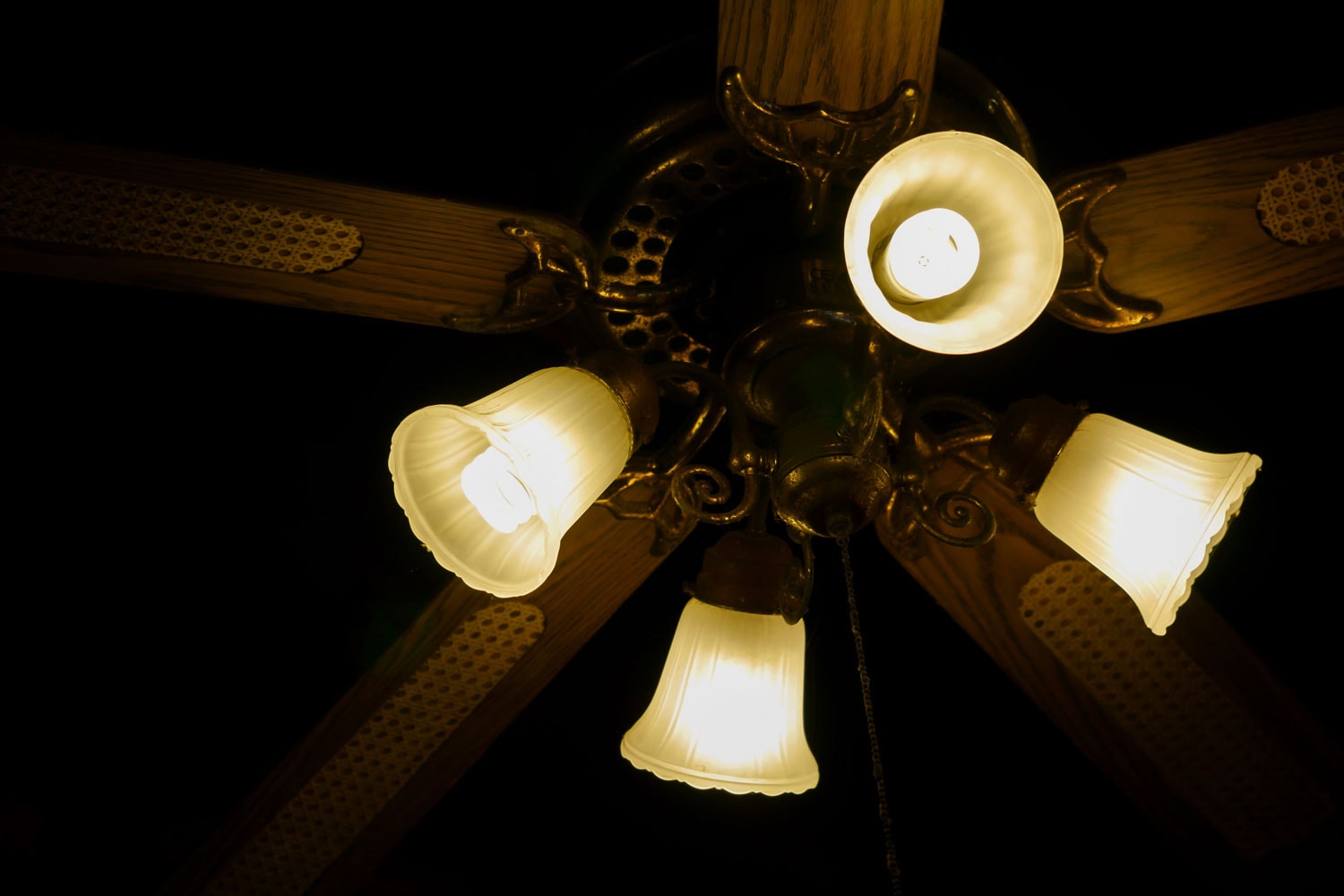
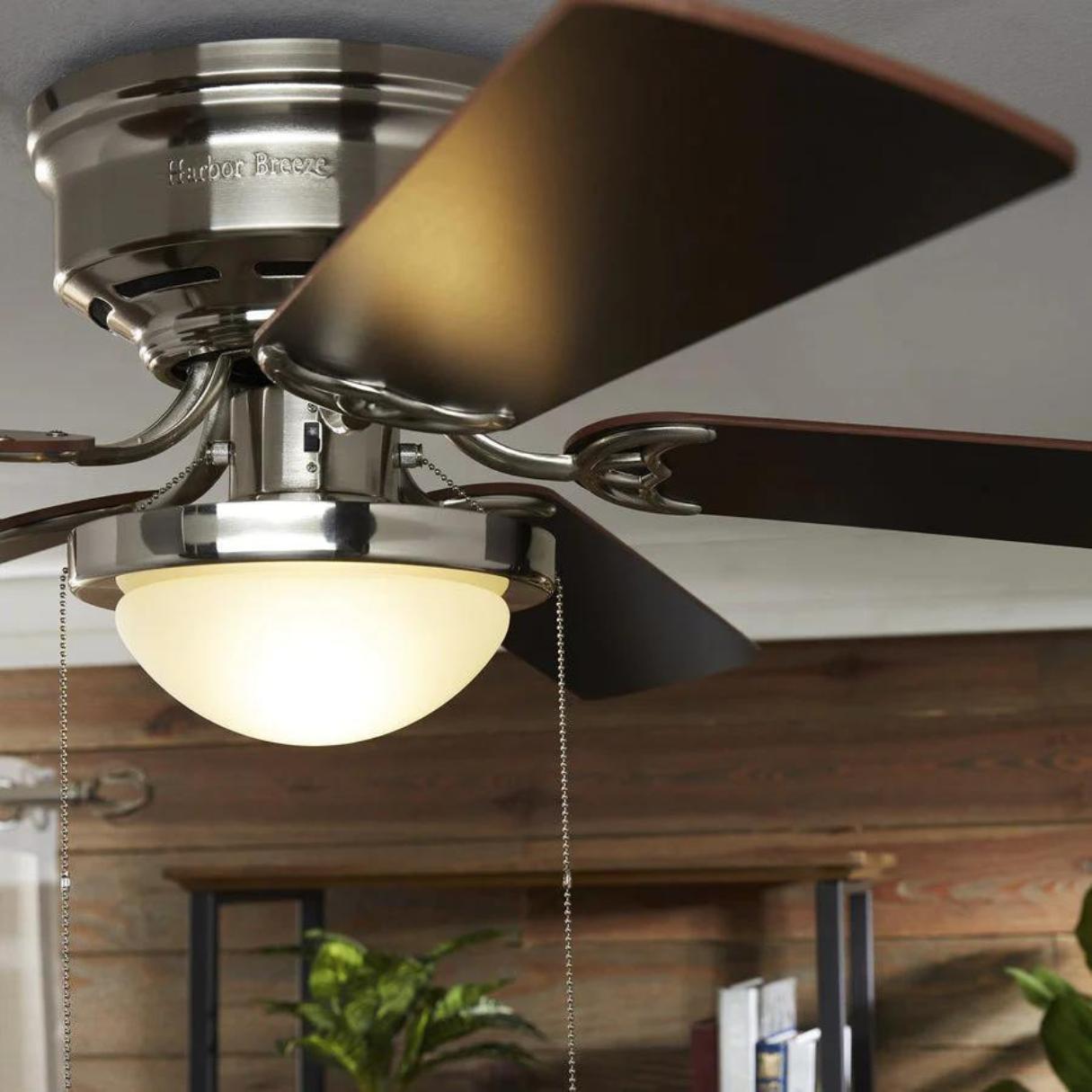
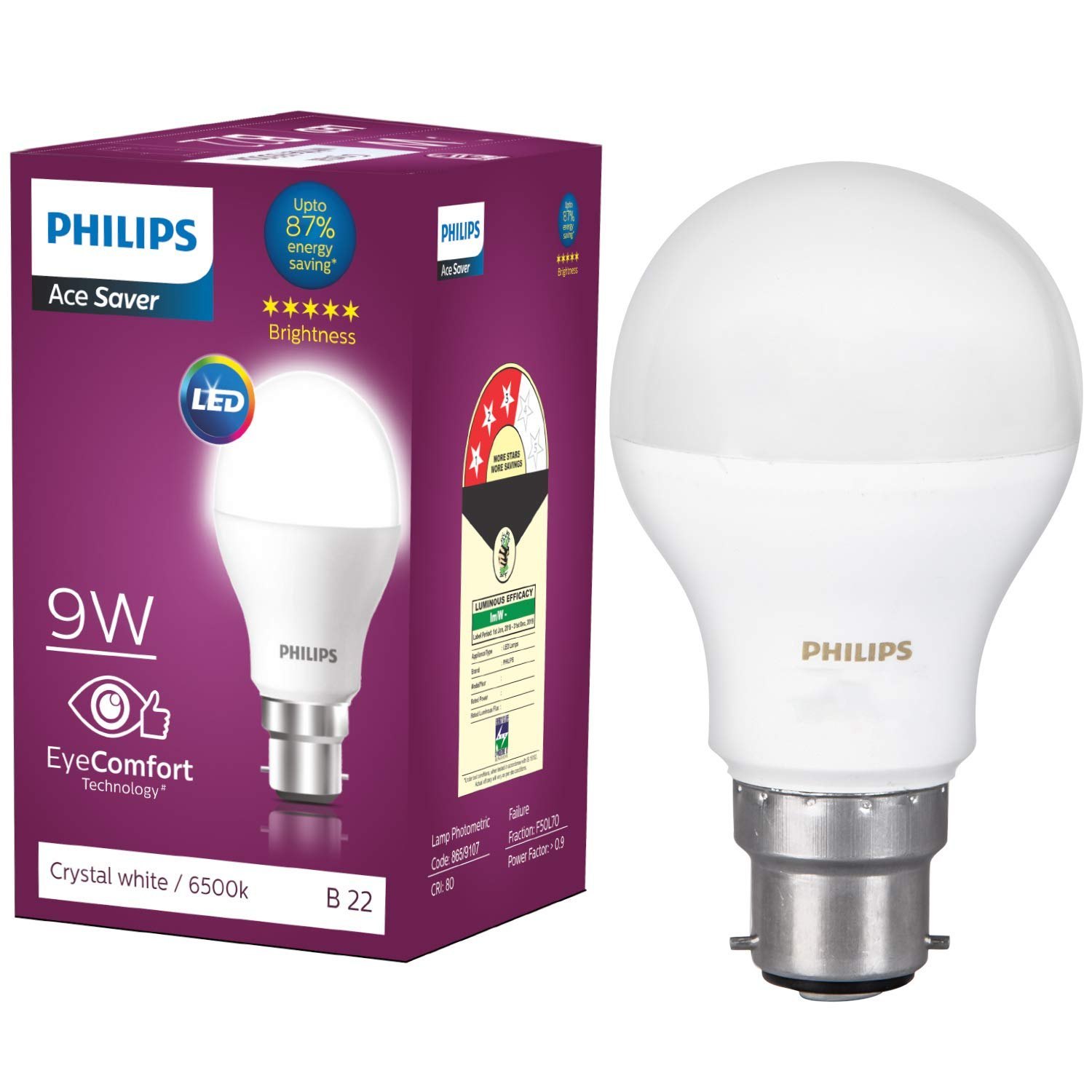

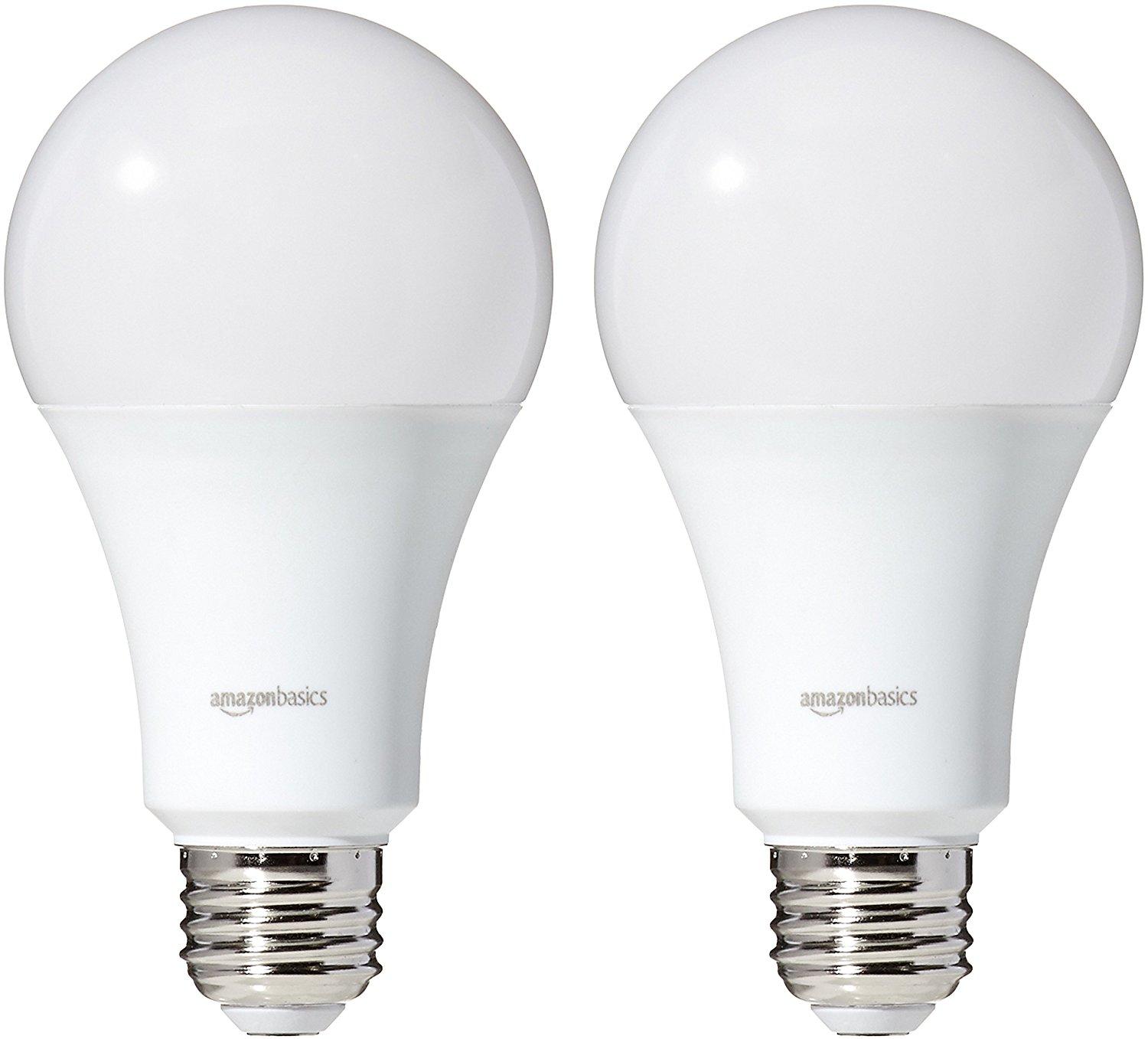
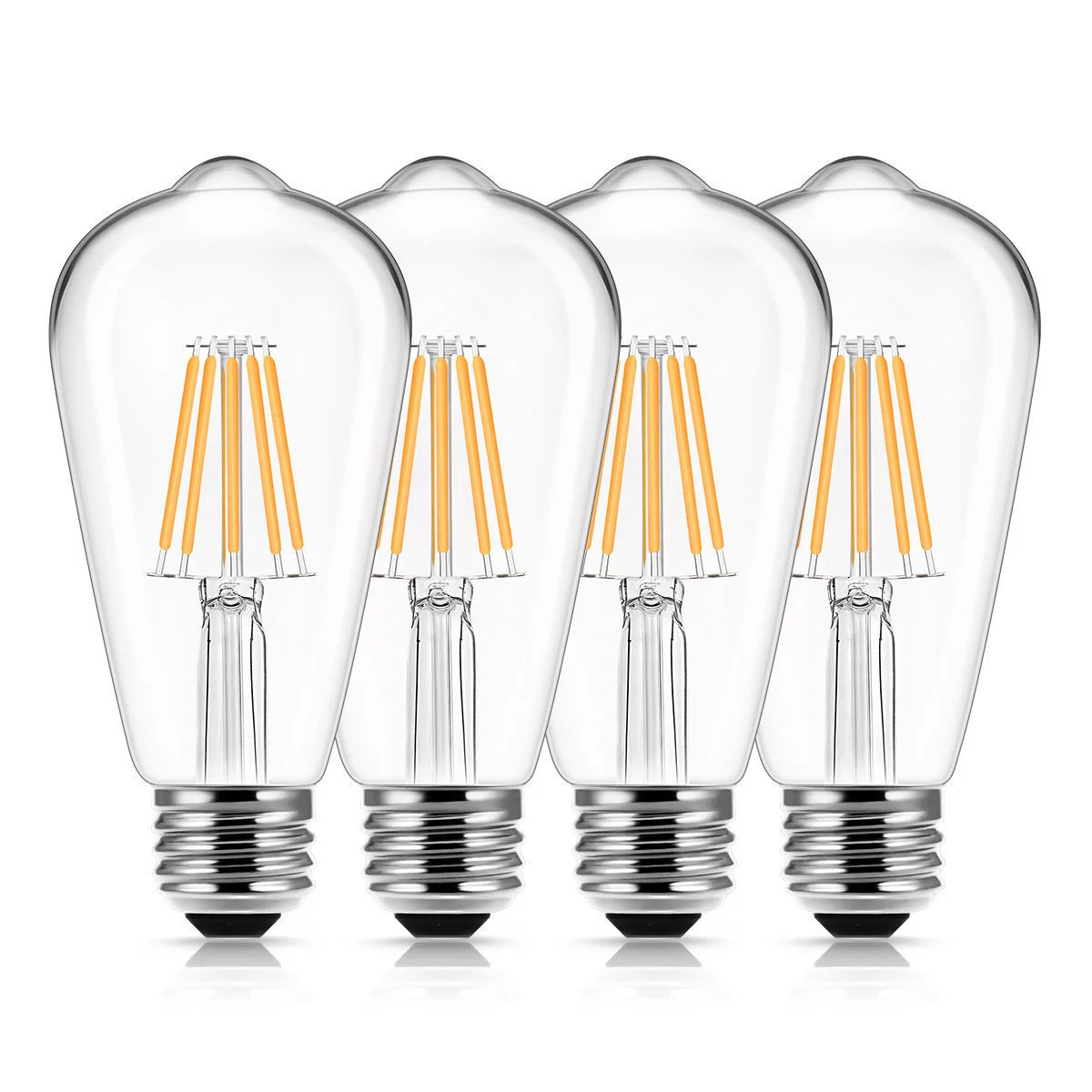
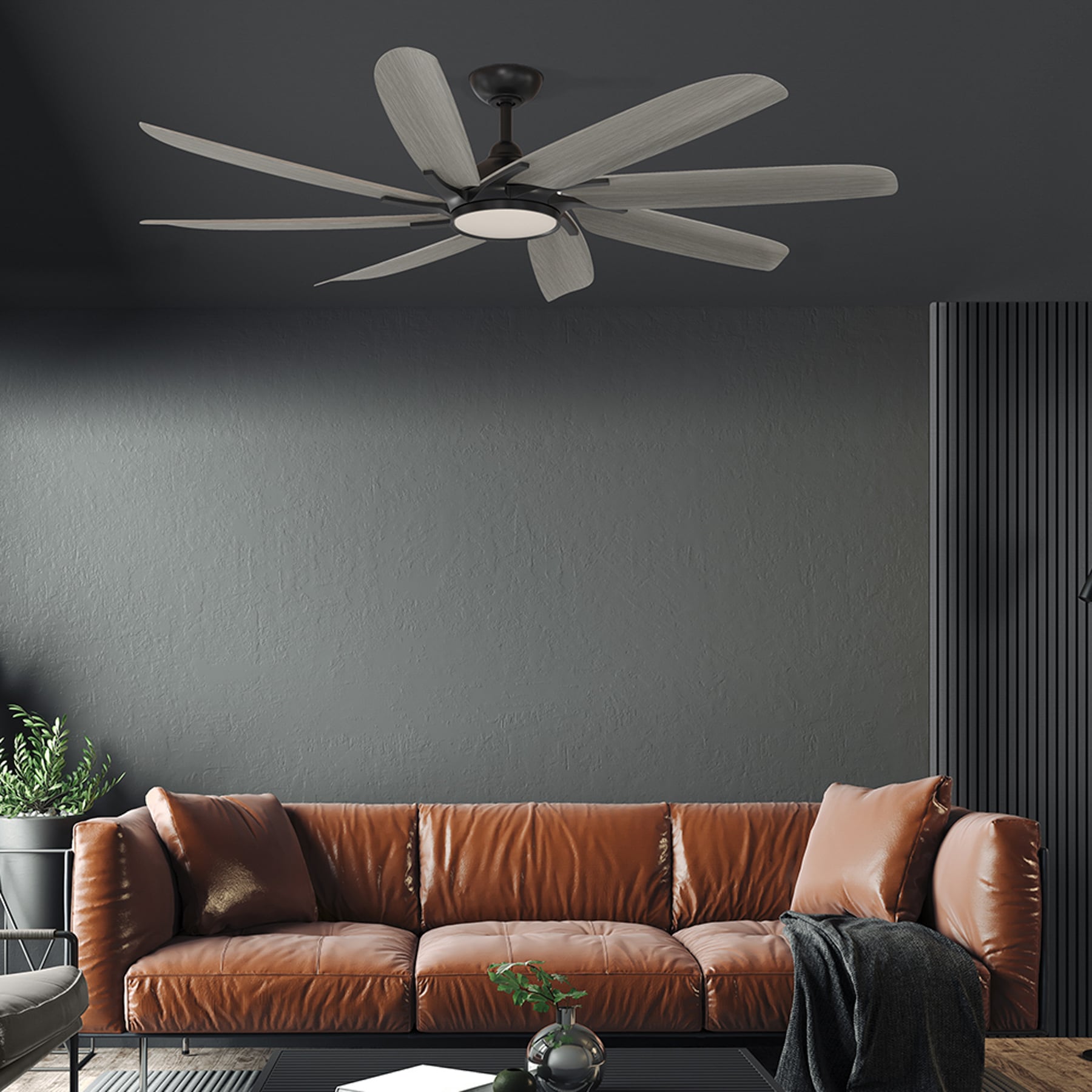
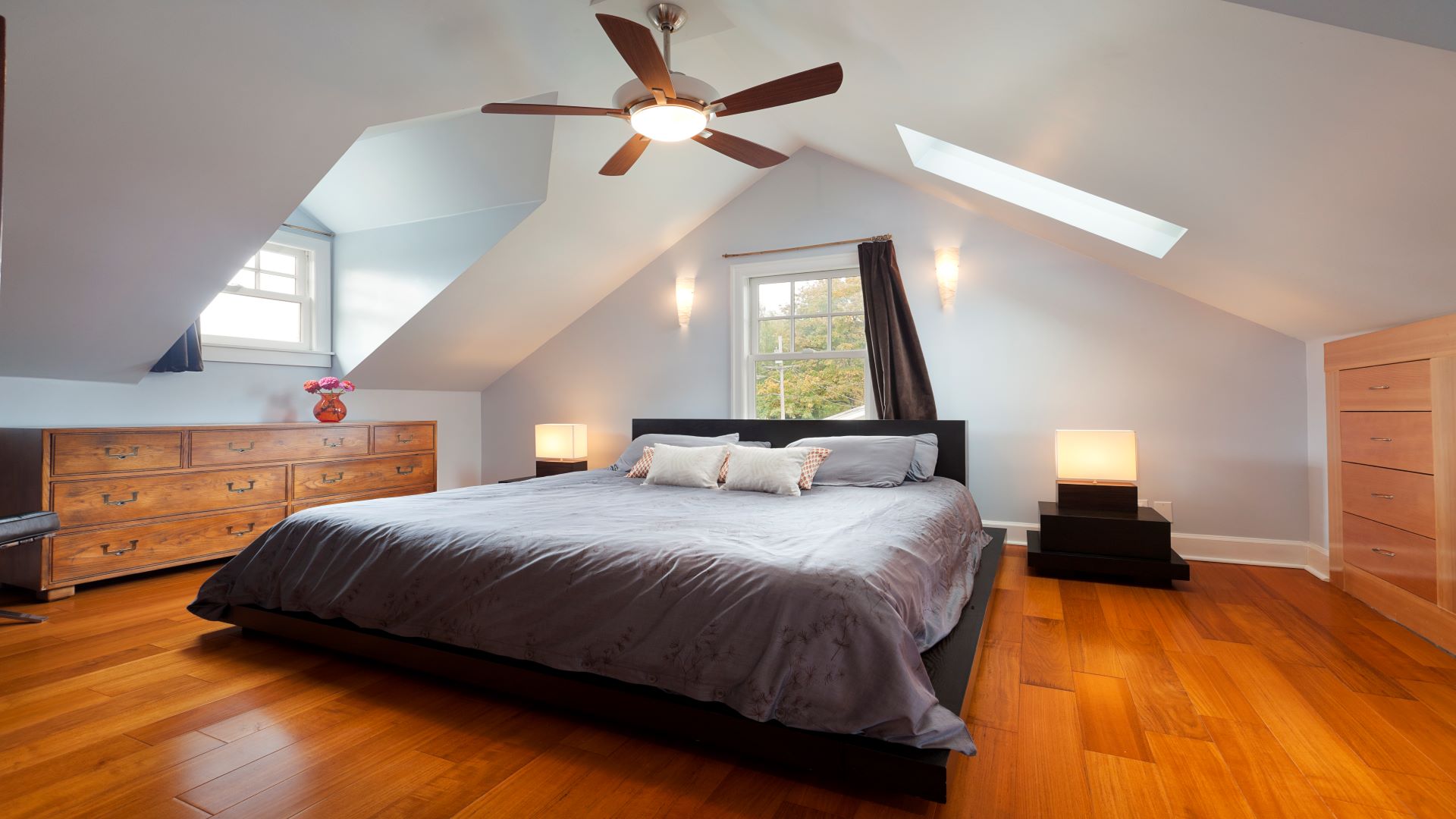
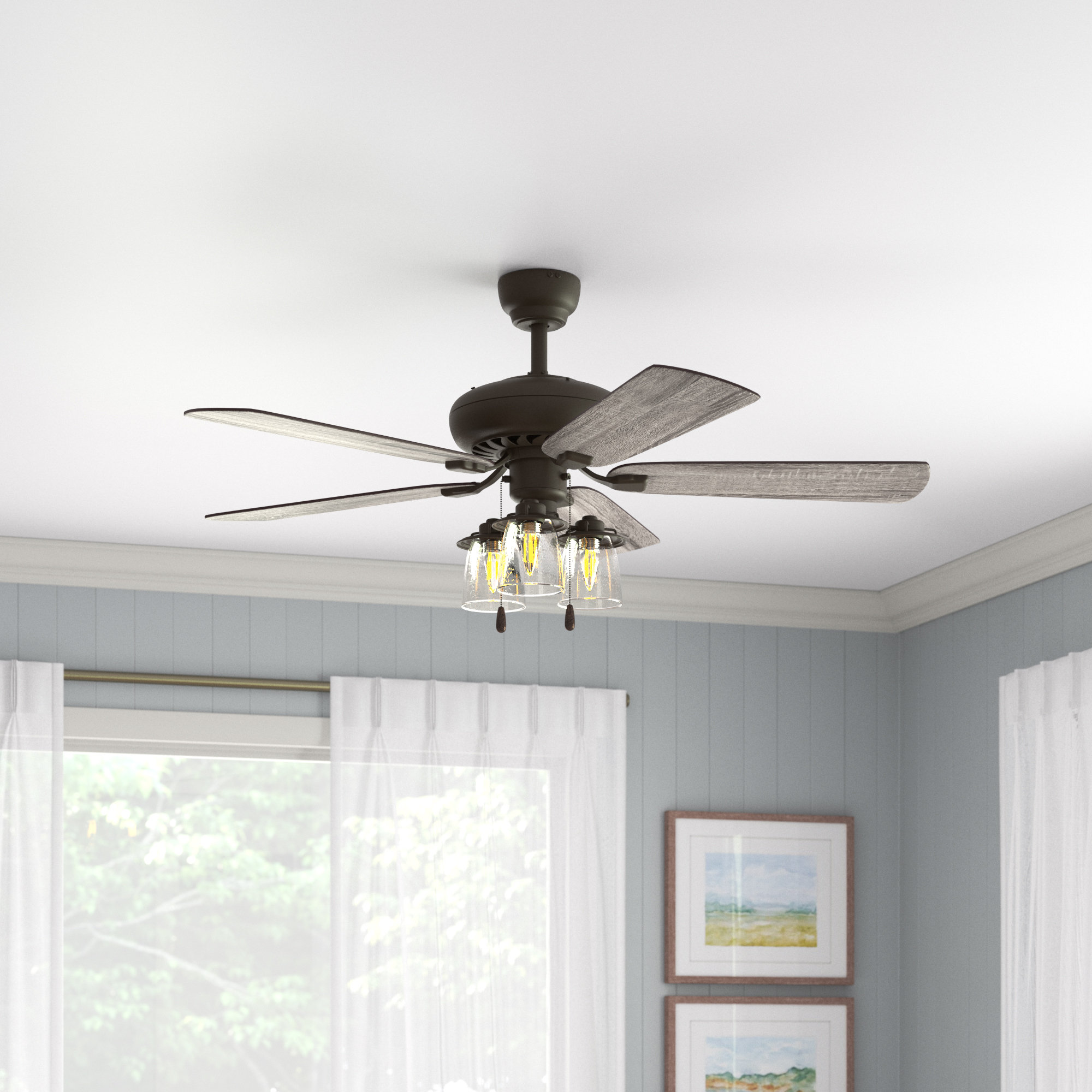

0 thoughts on “What Watt Bulb For Ceiling Fan”